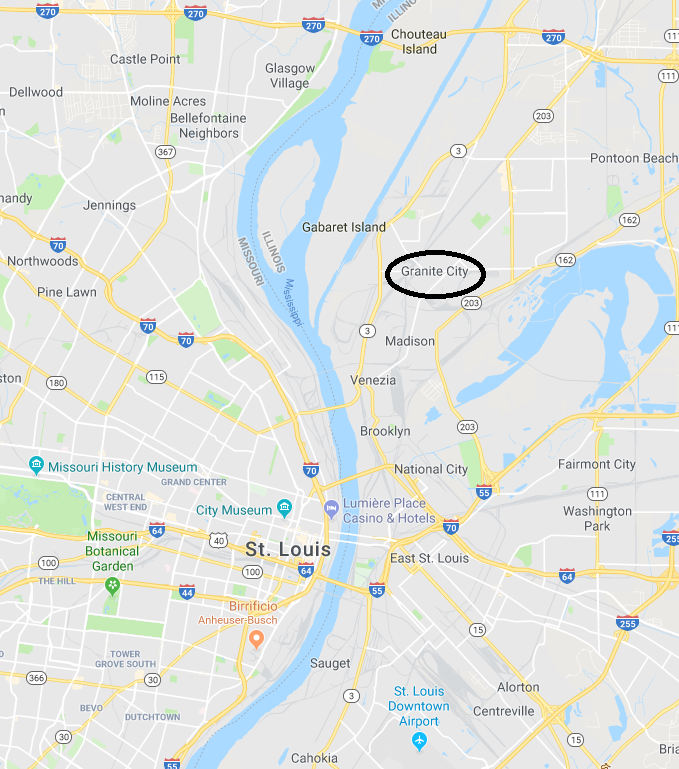Giuseppe Sandro Mela.
2018-03-12.
Una nazione che non domina la disponibilità delle materie prime è strategicamente debole.
Gli Stati Uniti di America hanno molti e severi problemi, la risoluzione dei quali richiederà molti anni: tutto necessita dei suoi tempi, nulla è ad effetto istantaneo.
Uno dei maggiori problemi è quello della occupazione e della disoccupazione: non sono due concetti complementari.
Su questo problema grava come un macigno quello della popolazione che vive in miseria.
America. 44.752 milioni sotto la soglia di povertà.
*
Il Bureau of Labor Statistics usa sue proprie definizioni di ‘occupato‘ e di ‘disoccupato‘: possono essere opinabili e discutibili, ma intanto restano quelle. Si noti che differiscono in modo sostanziale dalle definizioni usate nell’unione Europea e da quelle utilizzate in Italia. A rigore, non avrebbe senso fare paragoni tra queste realtà, perché gli ‘occupati‘ e i ‘disoccupati’ sono definiti in modo molto diverso sulle diverse sponde dell’Oceano Atlantico.
«Who is counted as employed?
People are considered employed if they did any work at all for pay or profit during the survey reference week. This includes all part-time and temporary work, as well as regular full-time, year-round employment. Individuals also are counted as employed if they have a job at which they did not work during the survey week, whether they were paid or not … These people are counted among the employed and tabulated separately as with a job but not at work».
A seguito riportiamo alcuni elementi essenziali, ma si tenga presente che le definizioni occupano decine di pagine: sono molto articolate.
*
«Who is counted as unemployed?
People are classified as unemployed if they do not have a job, have actively looked for work in the prior 4 weeks, and are currently available for work. Actively looking for work may consist of any of the following activities:
Contacting:
– An employer directly or having a job interview
– A public or private employment agency
– Friends or relatives
– A school or university employment center
– Submitting resumes or filling out applications
– Placing or answering job advertisements
– Checking union or professional registers
– Some other means of active job search»
*
Grosso modo, sottraendo dalla popolazione in età lavorativa gli occupati ed i disoccupati si ottiene il numero delle persone “not in labor force‘.
* * * * * * *
Il Bureau of Labor Statistics riporta alla Table A-2 “Employment status of the civilian population by race, sex, and age” il quadro riassuntivo generale, seguito dai dati relativi alle differenti stratificazioni.
Si tenga presente che nella valutazione di queste tabelle sarebbe ingenuo aspettarsi variazioni elevate.
– A popolazione quasi costante, 198.453 mln nel gennaio 2017 e 199.738 nel gennaio 2018, gli occupati sono saliti da 123.921 mln a 124.547 mln, ossia dal 59.5% al 59.9%.
– Nello stesso arco di tempo, i disoccupati sono scesi dal 4.7% al 3.9%.
– Il tasso di disoccupazione nelle donne è sceso dal 4.1% al 3.2%.
*
Si tenga presente che un tasso di disoccupazione del 3% è considerato essere fisiologico, perché comprende i nuovi immessi nella classe di età lavorativa e conferisce elasticità al sistema economico.
* * * * * * *
A questo punto si aprono due direttive di azione.
Prima direttiva. I ‘not in labor force‘ sono passati dai 74.532 milioni del 2017 ai 75.191 milioni del 2018. In parte ciò è dovuto all’allungamento della vita media. Tuttavia sembrerebbe innegabile ammettere quanto proficuo sarebbe che almeno una quota di questa classe sociale potesse transitare / ritornare nel mondo del lavoro. Ma per poter ottenere questo risultato è mandatorio che aumenti l’offerta di posti di lavoro, ossia il comparto produttivo deve essere messo in grado di lavorare di più e meglio. Questa è la direttiva economica di Mr Trump.
Seconda direttiva. Se è importante la riduzione dei disoccupati, altrettanto importante, se non di più ancora, è il transito delle persone da lavori releganti nella fascia della miseria a lavori che consentano una vita ragionevolmente dignitosa. Secondo il United States Census, la fascia di miseria sarebbe in riduzione nel corso dello scorso anno 2017 di circa due milioni di persone. È dato questo provvisorio, e da prendersi con buon senso: in ogni caso è dato positivo.
* * * * * * *
«Trump said March 1 he would impose a 25% tariff, or tax, on steel imports and 10% on aluminum»
*
«U.S. Steel says the increased demand is a result of the pending action announced by President Trump on new import tariffs»
*
«U.S. Steel said Wednesday that it is preparing to restart its steelmaking facilities and one blast furnace at an Illinois plant as a result of President Trump’s promise to levy tariffs on foreign steel»
*
«If U.S. Steel restarts part of its plant in Granite City, Ill., which has been out of commission for more than two years, the company could hire 500 workers. The company anticipates the restart could take about four months»
*
«Our Granite City Works facility and employees, as well as the surrounding community, have suffered too long from the unending waves of unfairly traded steel products that have flooded U.S. markets»
*
«action announced by President Trump last week recognizes the significant threat steel imports pose to our national and economic security»
